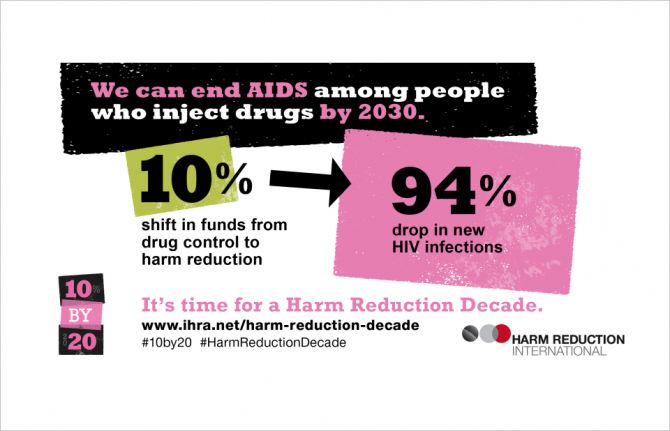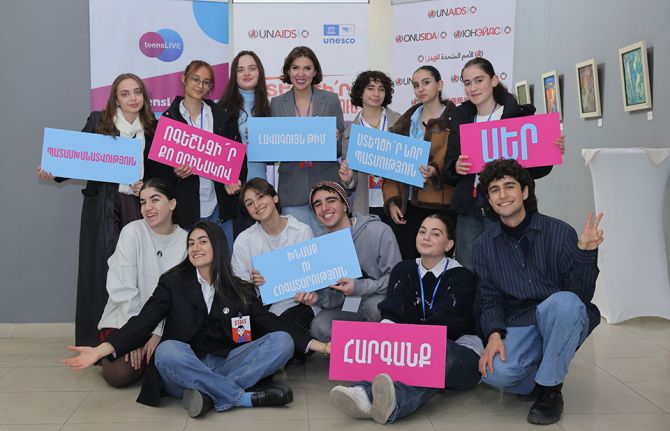

Update
Investments in harm reduction programmes: the need to turn a global crisis into a global solution
14 October 2016
14 October 2016 14 October 2016Global progress
The world has come a long way in providing harm reduction services to people who use drugs. Harm Reduction International (HRI) data from the past decade show that there is now some level of harm reduction programming in over half of the 158 countries with documented injecting drug use. Where in operation, harm reduction has dramatically improved and protected the health, well-being and human rights of people who use drugs.
Global action
In 2016, at the United Nations General Assembly Special Session on the World Drug Problem in April and at the United Nations General Assembly High-Level Meeting on Ending AIDS in June, Member States secured strong commitments for harm reduction. These commitments now need to be translated into the necessary policy and programmatic changes, as well as investments in harm reduction programmes.
Global crisis
Despite the growing acceptance of harm reduction around the world, provision still falls far short of what is needed, particularly in prisons. At the last count, only US$ 160 million was spent on harm reduction in low- and middle-income countries. More worryingly, in recent years, as donors have started to shift funding to low-income countries, progress made is at risk because the vast majority of people who inject drugs live in high- and middle-income countries.
“People who use drugs remain criminalized around the world—an ineffective criminal justice response to a public health and human rights issue which continues to fuel HIV transmission,” says Jamie Bridge, Senior Policy and Operations Manager at the International Drug Policy Consortium. “Even where well-funded, well-designed harm reduction services exist, these will struggle to have an impact if the legal and policy environment stigmatizes people who use drugs and ultimately deters them from accessing support. Policy reform must therefore be seen as a core part of the response,” he added.
Global solution
Earlier this year data released by HRI and the Burnet Institute in HRI’s report The case for a harm reduction decade showed that it is possible to end the AIDS epidemic among people who inject drugs by redirecting as little as 7.5% of the US$ 100 billion currently spent each year on drug control to harm reduction.
HRI’s “10 by 20” campaign calls on governments to redirect 10% of their drug control spend to harm reduction by 2020. The impact this would have on ending the AIDS epidemic has already been described but it would also fund prevention and treatment for viral hepatitis, along with life-saving naloxone, which reverses opioid overdose. It would also strengthen networks for people who use drugs and civil society organizations that advocate for human rights and harm reduction.
“This World AIDS Day governments, donors and international agencies must not simply put their “hands up” for harm reduction. They must put their hands in their pockets and ensure full funding for life-saving harm reduction services,” says Rick Lines, Executive Director of Harm Reduction International.



